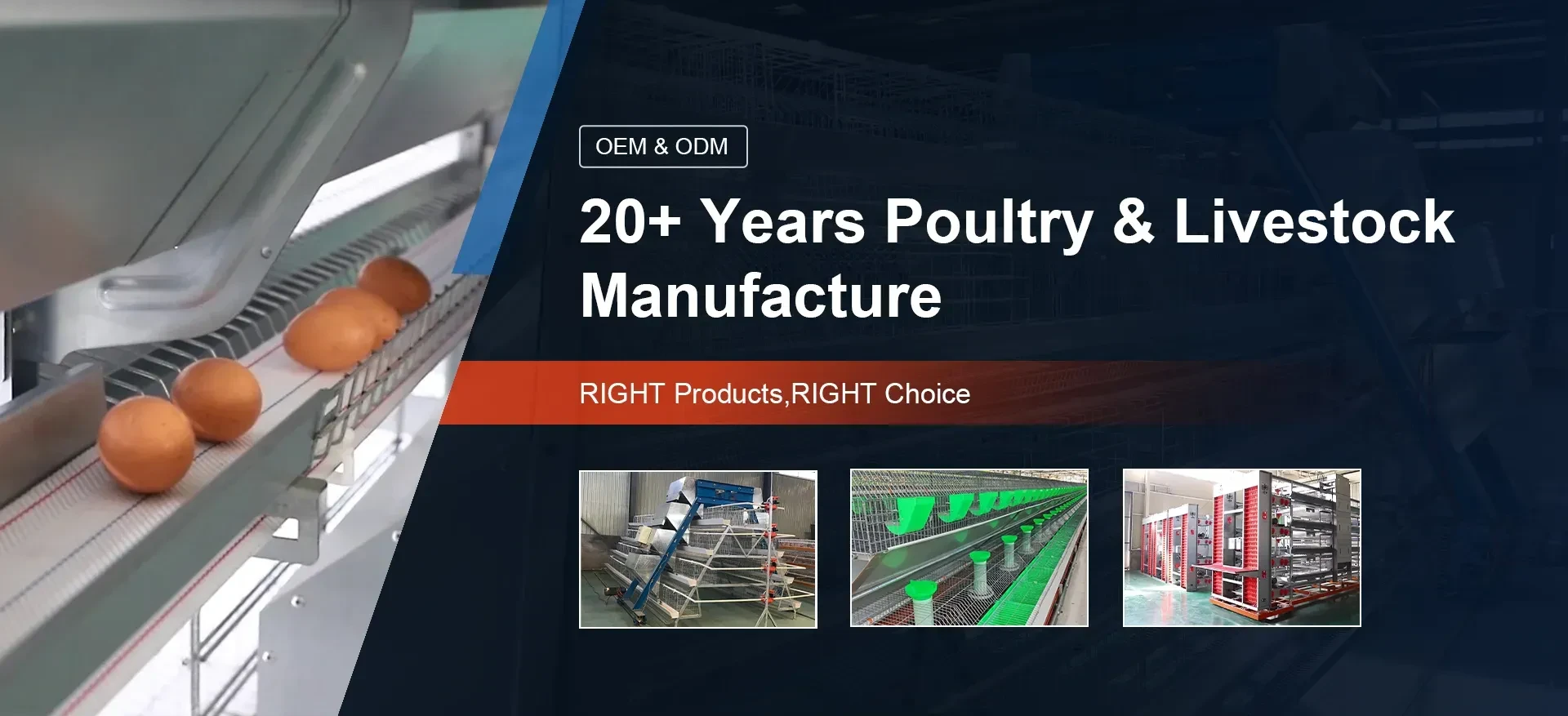Efficient Poultry Housing Solutions for Modern Farming Practices
Dec . 03, 2024 17:04 Back to list
Efficient Poultry Housing Solutions for Modern Farming Practices
The Importance of Poultry Cages in Modern Farming
Poultry farming is an essential aspect of agriculture that provides a significant source of protein for humans worldwide. With the increasing demand for chicken, eggs, and other poultry products, optimizing farming practices has become crucial. One of the most effective ways to enhance poultry production is through the use of poultry cages.
Poultry cages are specially designed enclosures that allow farmers to raise birds such as chickens, ducks, and turkeys in a controlled environment. These cages come in various sizes and designs, tailored to meet the specific needs of different poultry species. The significance of these cages extends beyond mere housing; they play a vital role in improving the health and welfare of the animals, enhancing productivity, and promoting efficient farming practices.
Enhancing Health and Welfare
One of the primary advantages of using poultry cages is the improvement in bird health and welfare. Cages help prevent the spread of diseases that can occur in free-range environments. By minimizing direct contact between birds, the risk of viral or bacterial infections decreases significantly. Furthermore, birds kept in cages are less likely to suffer from injuries that may arise from aggressive interactions or overcrowding, which can be common in traditional farming setups.
The design of modern poultry cages also emphasizes comfort. Features such as adequate space, proper ventilation, and access to food and water are integral components that contribute to the overall well-being of the birds. Ensuring that the birds have enough room to move, stretch, and exhibit natural behaviors is essential for their mental and physical health.
Boosting Productivity
In addition to enhancing bird welfare, poultry cages greatly increase productivity
. Caged systems allow for a more organized approach to farming, wherein farmers can closely monitor the health, growth, and production levels of each bird. This level of oversight leads to better management of resources, resulting in increased egg production and faster growth rates in meat birds.Moreover, cages facilitate the implementation of automated feeding and watering systems. These advancements not only save time and labor costs but also ensure that every bird receives the necessary nutrients and hydration at the optimal times. The efficiency gained through the use of poultry cages translates to higher output and profitability for farmers.
poultry cage

Environmental Considerations
As the global population continues to grow, the environmental impact of poultry farming has come under scrutiny. Poultry cages can contribute to more sustainable farming practices. By using cages, farmers can manage waste more effectively. The design of these operations often includes systems that collect manure, which can then be used as a valuable fertilizer for crops, thus creating a closed-loop system that benefits the environment.
Additionally, poultry cages can lead to better resource management. By raising birds in a confined space, farmers can optimize feed utilization, reducing the overall amount required to produce meat and eggs. This not only helps in conserving natural resources but also lowers the carbon footprint associated with poultry farming.
Challenges and Considerations
Despite their numerous benefits, poultry cages are not without controversy. Critics often point to concerns about animal welfare, arguing that caged systems restrict natural behaviors and lead to stress among birds. However, modern cage designs have evolved significantly to address these concerns, balancing both productivity and welfare. For example, enriched cages provide elements like perches and nesting boxes to allow for more natural behaviors.
It is essential for farmers to stay informed about best practices in poultry management and cage design. Continuously improving conditions within poultry cages and adhering to welfare standards can help mitigate criticisms while ensuring high levels of productivity.
Conclusion
Poultry cages are a cornerstone of modern poultry farming, offering numerous benefits that enhance the health and welfare of birds while also improving productivity and environmental sustainability. As farming practices evolve, the responsible use of these systems will be essential in meeting the growing demand for poultry products. By embracing innovation and adhering to welfare standards, poultry farmers can contribute to a sustainable food system that supports both the birds and the broader community.
-
Automatic Feeding Line System-Pan Feeder Nipple Drinker|Anping County Yize Metal Products Co., Ltd.
NewsJul.29,2025
-
Hot Sale 24 & 18 Door Rabbit Cages - Premium Breeding Solutions
NewsJul.25,2025
-
Automatic Feeding Line System Pan Feeder Nipple Drinker - Anping County Yize Metal Products Co., Ltd.
NewsJul.21,2025
-
Automatic Feeding Line System Pan Feeder Nipple Drinker - Anping County Yize Metal Products Co., Ltd.
NewsJul.21,2025
-
Automatic Feeding Line System - Anping Yize | Precision & Nipple
NewsJul.21,2025
-
Automatic Feeding Line System - Anping Yize | Precision & Nipple
NewsJul.21,2025






